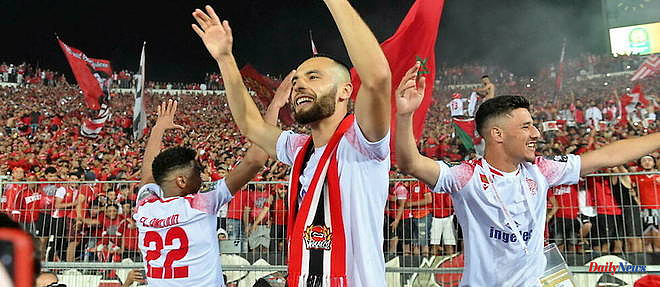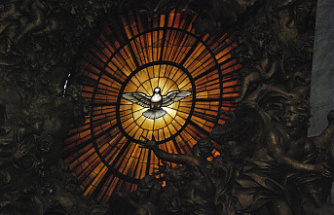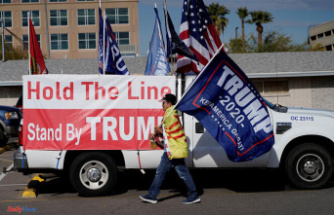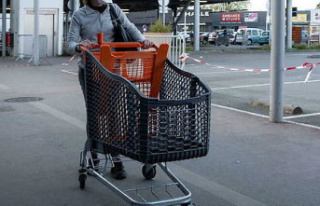Announced for almost two years, the African Super League should see the light of day next season, in a reduced format, but with new leads both on financing and on the contours of the competition. “The African Super League is a very important initiative. One of the main problems in Africa is funding. Our goal is for African club football to be world-class and rival the best in the world,” CAF President Patrice Motsepe said last August.
Indeed, the thorny question of the financing of this new competition - chosen at the expense of CAF's two annual competitions, namely the African Champions League and the CAF Cup - has clearly been at stake in recent months. It should be noted that the profits generated by the Super League must be used to make African football more attractive, to ensure that players stay in Africa and to improve the quality of the infrastructure of clubs on the continent. For many months, the Confederation of African Football had been looking for alternative solutions following the case opposing it to the Lagardère Group, which concluded a 1 billion dollar agreement relating to the marketing of television and marketing rights for CAF competitions. Expiring in 2028, the interruption of this contract logically cost the African Football Confederation a lot of money.
After cooperation with Qatar covering technical, administrative, marketing and communication exchanges, leading to the African Cup finals played in Doha, it was to be expected that potential investors in this project would come from Middle East. Even more in view of the competition between Qatar and Saudi Arabia in terms of soft power. Naturally, the trend has been confirmed, and according to the latest information, Saudi Arabia, which is becoming an increasingly important player in the world of football, would apply to accompany CAF in the implementation of the Super African League. An exchange of good practices in view of the ambitions it nourishes for the future.
Indeed, according to the journalist Ed Aarons of the Guardian, Saudi Arabia, always in a desire to mark its mark in the sports industry, would be decided to support the project to the tune of 200 million dollars, of which 100 million which will be distributed in the performance bonuses of the teams. The contract between the two parties would take effect from the 2024-2025 season, and the format of the Super League should be revised upwards.
Also according to the Guardian, talks between the two sides have been going on for a while. A memorandum of understanding for a contract of five has been signed in recent days, with the aim of supporting the development of football at club level as a national team through women's football: "La Caf is delighted to work together and to partner with the Saudi Football Federation to develop football on our continent and around the world,” Patrice Motsepe said in the statement. “There are also specific areas for mutually beneficial partnerships that we are discussing and announcements will be made in due course. In return, support from the continent for an organization of the World Cup in 2030 or 2034 knowing that it is already launched to host the 2027 Club World Cup as well as the Asian Cup the same year.
For the launch of its new competition, CAF has bet on an experimental phase by bringing together only eight participants in a tournament which will take place from October 17 to November 30, 2023. Either after the first rounds of the Champions League which will continue in their format usual, and before the group stages, which take place between traditionally from the month of February. The Super League will therefore take place in a knockout mode, with quarter-finals and semi-finals on a home-and-away phase and a final on neutral ground.
The participants are already known and we will find the usual Al Ahly (Egypt), Espérance de Tunis (Tunisia), Mamelodi Sundowns (South Africa), Wydad Casablanca (Morocco) and TP Mazembe (DR Congo). To complete these essentials (although the Lumumbashi club is losing momentum), the Simba SC club, which has been present regularly for the past five years, Petro Luanda and finally Enyimba at the expense of Horoya (Guinea). The multiple champion of Guinea was dismissed due to the non-approval of Stade Lansana Conte, knowing that having a stadium on its territory is a sinequanone condition for taking part in the Super League. A blow for this club in a declining phase. Algeria, whose clubs are behind the tenors of North Africa, therefore finds itself without a representative, while clubs such as Zamalek (Egypt), Raja Casablanca (Morocco), Etoile du Sahel (Tunisia) or Al Hilal Omdurman (Sudan) will also be missing, but should very quickly be inserted once the format has been enlarged.












